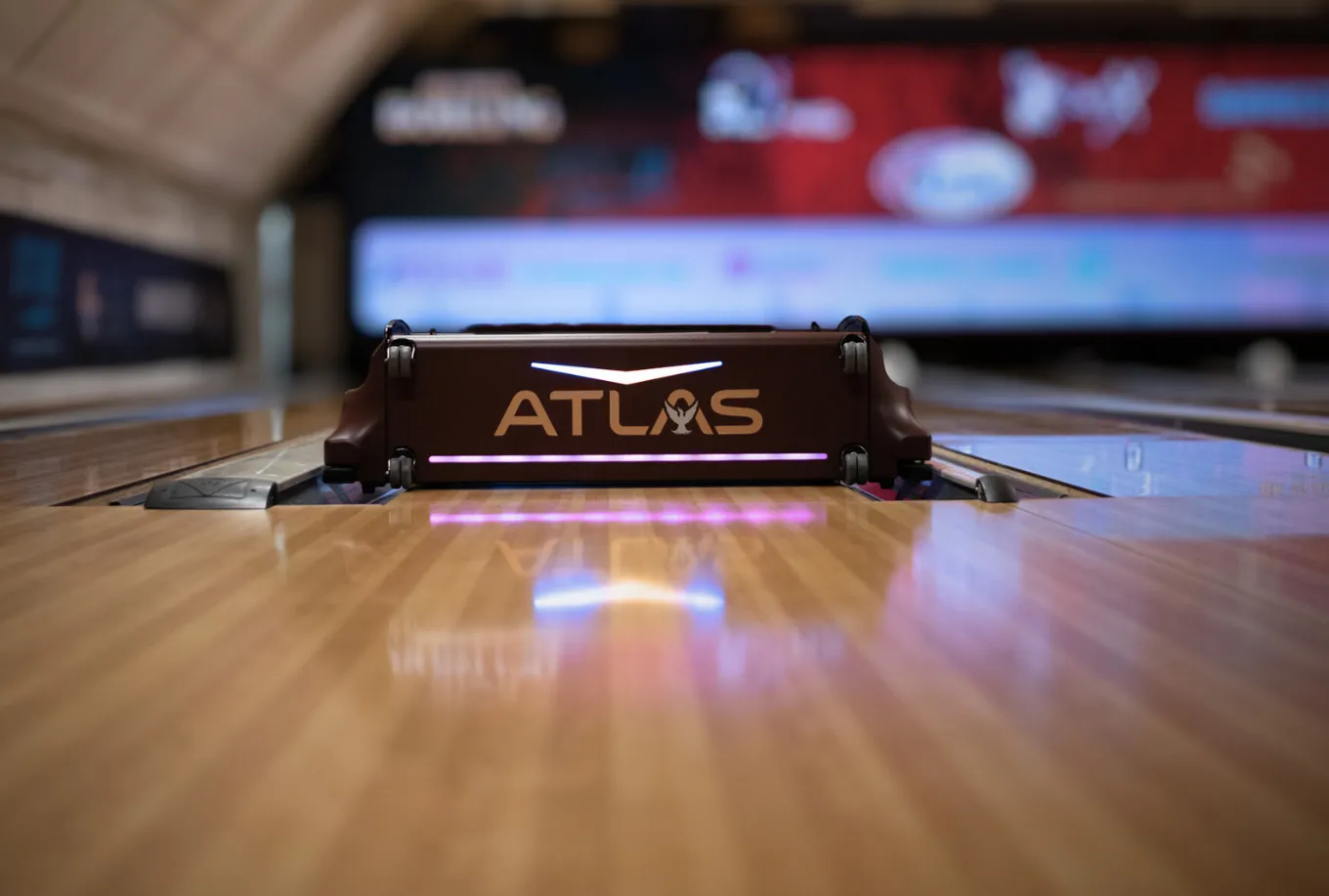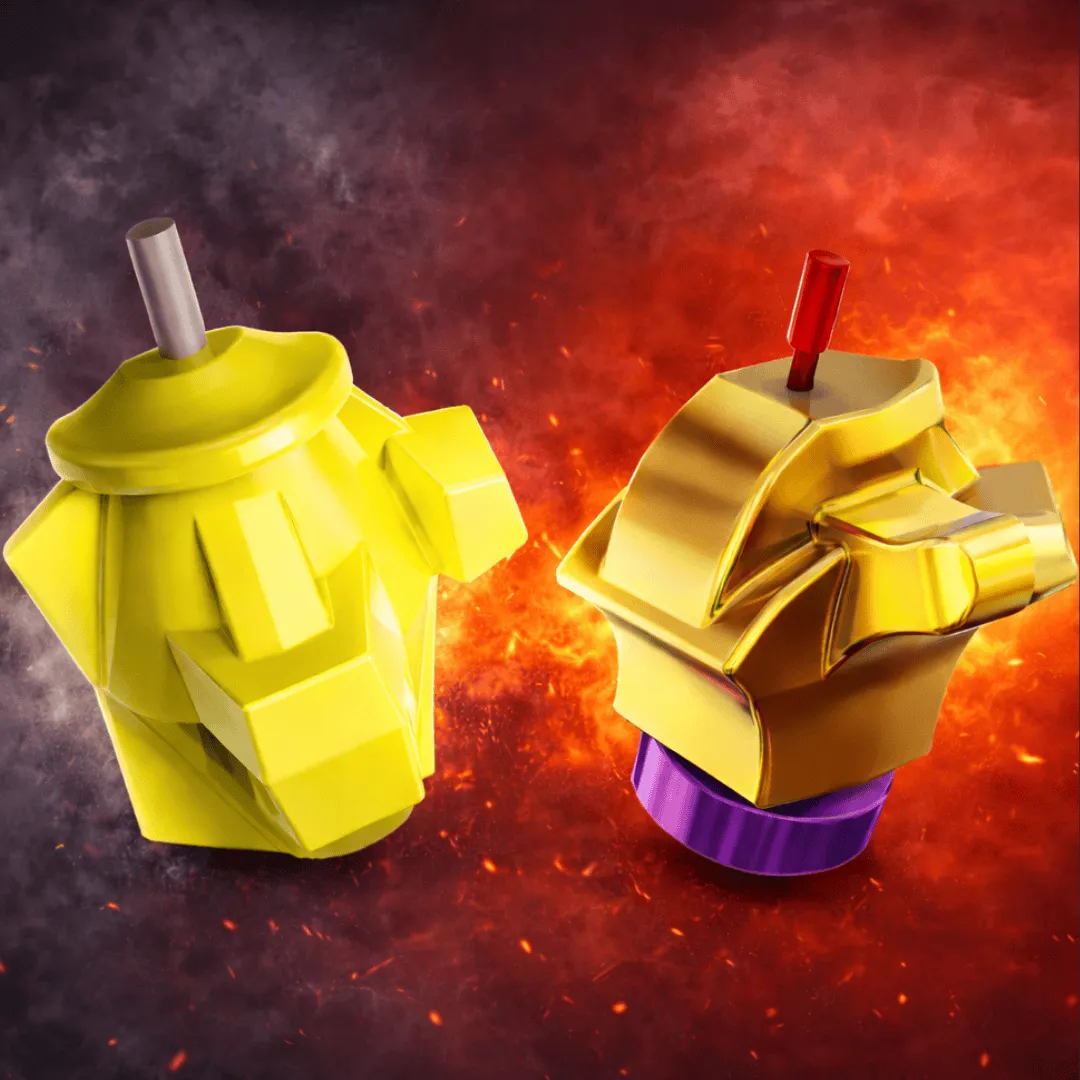The United States Bowling Congress (USBC) has finalized its decision on
urethane bowling balls.
Beginning January 1, 2026, urethane balls will face strict new limits at national tournaments. In some
events, they will be banned entirely; in others, only models manufactured at a
minimum 78D hardness will be allowed.
According to USBC officials, these changes should take positive steps
toward addressing the issues related to athlete development, lane pattern
integrity and competition equity.
USBC Lane Pattern Development Lead Nick Hoagland also shared his thoughts on
the growing challenges of creating equitable lane conditions in today’s
competitive bowling environment.
According to Hoagland, urethane
bowling balls add to the difficulty by quickly breaking down intended lane characteristics.
His comments were featured in a
video released by USBC.
Hoagland outlined several factors shaping the current situation. Lane surfaces are aging quickly, while bowling ball technology continues to advance at a rapid pace. The maximum allowable oil volumes are already being applied to lanes, and higher revolution rates are increasingly common across the field.
"As an industry, we're nearing the limits of viable oil pattern tricks to achieve balance," Hoagland said.
Over the past decade, USBC and other organizations have experimented with different approaches to keep lane conditions challenging while preserving the intended pattern design.
These include oil pattern adjustments such as oil speed bumps down the lane to preserve integrity, larger left-side offsets to improve left-right equity, wet-dry designs to discourage urethane use, and radical structures meant to promote fairness across styles.
Tournament format changes have also been tested, including shorter blocks, eliminating burn squads, hardness rules, and in some cases restricting urethane for strike shots.
Despite these efforts, balancing competition between left- and right-handed players, as well as between one-handed and two-handed styles, continues to present challenges.
When asked how the game might change without urethanes, Hoagland pointed to several potential benefits.
Shorter patterns could be used more often without losing design integrity, and pattern flexibility would improve at both elite and local levels. Players who base their game on urethane would need to adapt, while left- and right-handed bowlers would be able to play lanes in a more similar manner.
The ruling marks one of the most significant changes to bowling ball regulations in recent years. The full USBC Report on bowling ball hardness governance can be found here.





